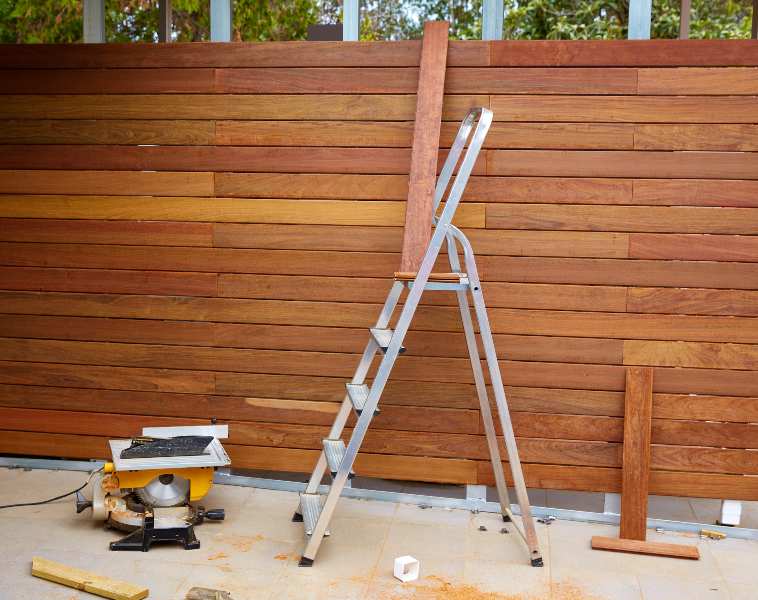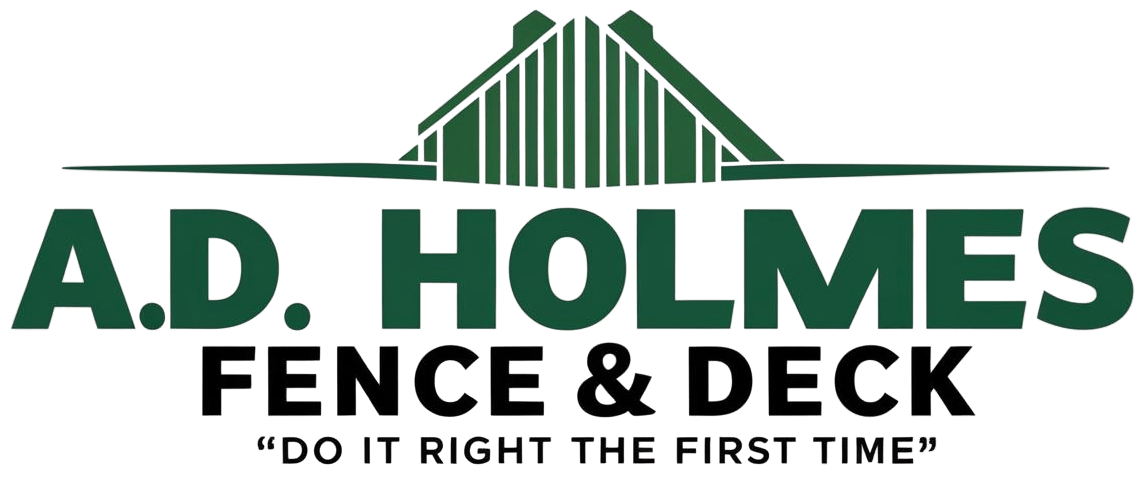
A wood fence is more than just a boundary—it’s an investment in privacy, security, and curb appeal. But even the most beautiful design can be undermined by simple installation mistakes. As seasoned professionals serving Newmarket, Markham, Toronto, and surrounding areas, we’ve seen firsthand how avoidable errors can lead to costly repairs and disappointment. Whether you’re a DIY enthusiast or hiring a contractor, understanding these pitfalls will help ensure your fence stands strong for years to come.
Below, we’ll explore five of the most common wood fence installation mistakes and share practical tips to help you avoid them.
Incorrect Post Placement and Depth
Why It Matters
Fence posts are the backbone of your fence. If they’re not set properly, your entire fence is at risk of leaning, sagging, or even collapsing—especially during harsh Canadian winters.
Common Mistakes
- Shallow Post Holes: Posts that aren’t deep enough are prone to shifting, especially in areas with freeze-thaw cycles.
- Irregular Spacing: Inconsistent distances between posts can create weak points and an uneven appearance.
- Unstable Base: Failing to use enough concrete or not allowing it to cure can result in wobbly posts.
How to Avoid It
- Dig Deep: Set posts at least one-third of their length into the ground. In most cases, this means a minimum of 2-3 feet deep.
- Consider Frost Line: In Ontario, posts should be below the frost line to prevent heaving during winter.
- Use Quality Concrete: Fill the hole with concrete and allow it to cure fully before attaching rails or panels.
- Check Alignment: Use a string line to ensure posts are straight and evenly spaced—typically 6 to 8 feet apart.
For more details on our installation standards and commitment to quality, visit our fence installation services page.
Ignoring Local Regulations and Property Boundaries
Why It Matters
Building a fence without proper permits or on the wrong side of your property line can lead to legal disputes, fines, or even having to tear down your new fence.
Common Mistakes
- Skipping Permits: Many municipalities require permits for new fences, especially above certain heights.
- Overlooking Zoning Laws: There may be restrictions on fence height, style, or placement.
- Misjudging Property Lines: Installing a fence on your neighbor’s property can result in disputes and forced removal.
How to Avoid It
- Do Your Homework: Contact your local building department to learn about required permits and regulations.
- Check the Survey: Review your property survey or hire a professional to mark your boundaries.
- Communicate: Inform your neighbors about your plans before you start digging.
For trusted guidelines and best practices, refer to the Canadian Fence Association, which promotes industry standards across the country.
Poor Material Selection and Preparation
Why It Matters
The type and quality of wood you choose directly affect your fence’s durability and appearance. Using the wrong materials or failing to prepare them can lead to premature rot, warping, and costly repairs.
Common Mistakes
- Using Untreated Wood: Non-treated wood is highly susceptible to rot, insect damage, and weathering.
- Skipping Sealing or Staining: Unprotected wood absorbs moisture, leading to warping and decay.
- Ignoring Fastener Quality: Using non-galvanized nails or screws can lead to rust stains and weakened joints.
How to Avoid It
- Choose Pressure-Treated or Cedar: These woods are naturally resistant to decay and pests.
- Seal All Surfaces: Apply a high-quality wood sealant or stain to all sides of each board, including the ends and bottoms.
- Use Galvanized Fasteners: Opt for hot-dipped galvanized or stainless steel nails and screws to prevent rust.
For a closer look at our craftsmanship and material choices, check out our deck and fence gallery.
Incorrect Board Spacing and Alignment
Why It Matters
Improper spacing between fence boards can cause issues with privacy, airflow, and the overall look of your fence. Boards that are too tight may swell and warp, while those spaced too far apart may compromise privacy.
Common Mistakes
- Boards Too Tight: Wood expands and contracts with changes in humidity. Tight boards can buckle or warp over time.
- Uneven Spacing: Inconsistent gaps create an unprofessional appearance and structural weaknesses.
- Ignoring Board Orientation: Not accounting for the direction of prevailing winds can lead to increased wear and tear.
How to Avoid It
- Allow for Expansion: Leave a small gap (about 1/16 inch for kiln-dried wood) between boards to accommodate swelling.
- Use Spacers: Simple tools like a carpenter’s pencil or a dedicated spacer ensure uniform gaps.
- Level and Plumb: Use a level and string line to keep boards straight and even from top to bottom.
Neglecting Maintenance After Installation
Why It Matters
Even a perfectly installed fence will deteriorate without regular care. Neglect leads to rot, loose boards, and a shortened lifespan.
Common Mistakes
- Never Inspecting: Failing to check for damage or wear allows minor issues to become major problems.
- Skipping Cleaning: Dirt, mold, and mildew can degrade wood and hardware.
- Ignoring Repairs: Delaying repairs to loose boards or posts can compromise the entire structure.
How to Avoid It
- Schedule Regular Inspections: Walk your fence line at least twice a year to look for signs of damage.
- Clean Annually: Use a mild soap and water solution to remove dirt and debris.
- Reapply Sealant: Every 2-3 years, re-stain or reseal your fence to protect against the elements.
- Address Issues Promptly: Tighten loose fasteners, replace damaged boards, and reinforce weak posts as soon as problems arise.
Final Thoughts: Invest in Quality, Avoid Regret
A wood fence is a significant investment that can enhance your property’s beauty, privacy, and value. By avoiding these common installation mistakes, you’ll ensure your fence remains sturdy and attractive for years to come.
If you’re unsure about tackling the project yourself or want the peace of mind that comes with professional installation, our team at A D Holmes Fence and Deck is here to help. We bring decades of experience, integrity, and a commitment to quality craftsmanship to every project in York and Durham regions.
Ready to get started? Contact us today for a consultation or to request a quote. Your dream fence is just a conversation away!




